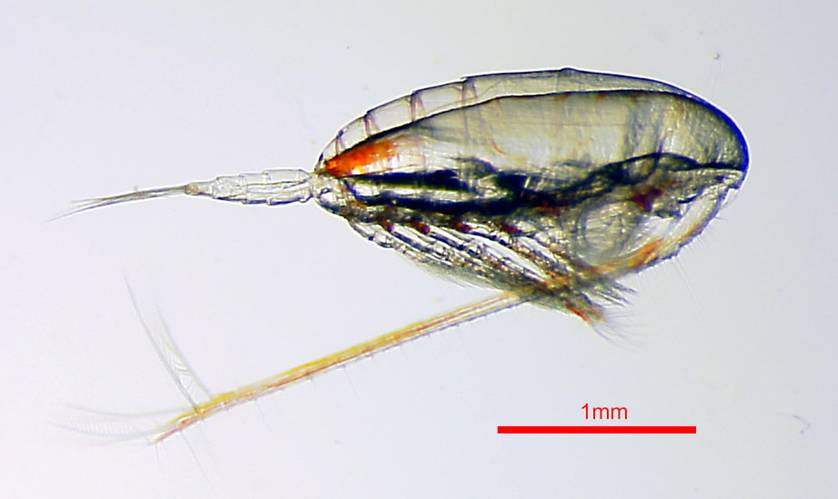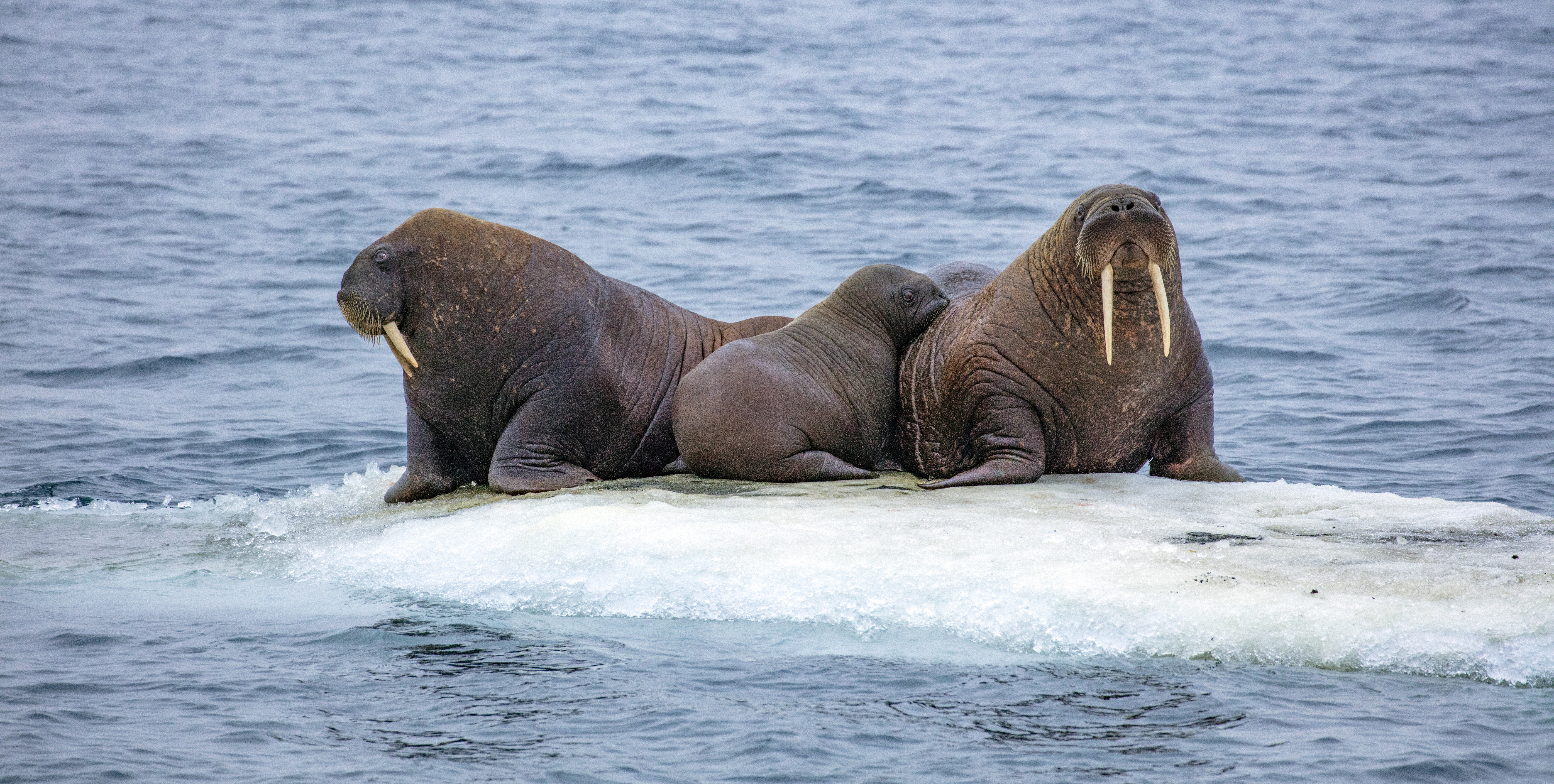Have you ever wandered down an alley, and you pick up a faint but intense scent. And it immediately reminds you of your favourite food of your childhood, or of your first date?
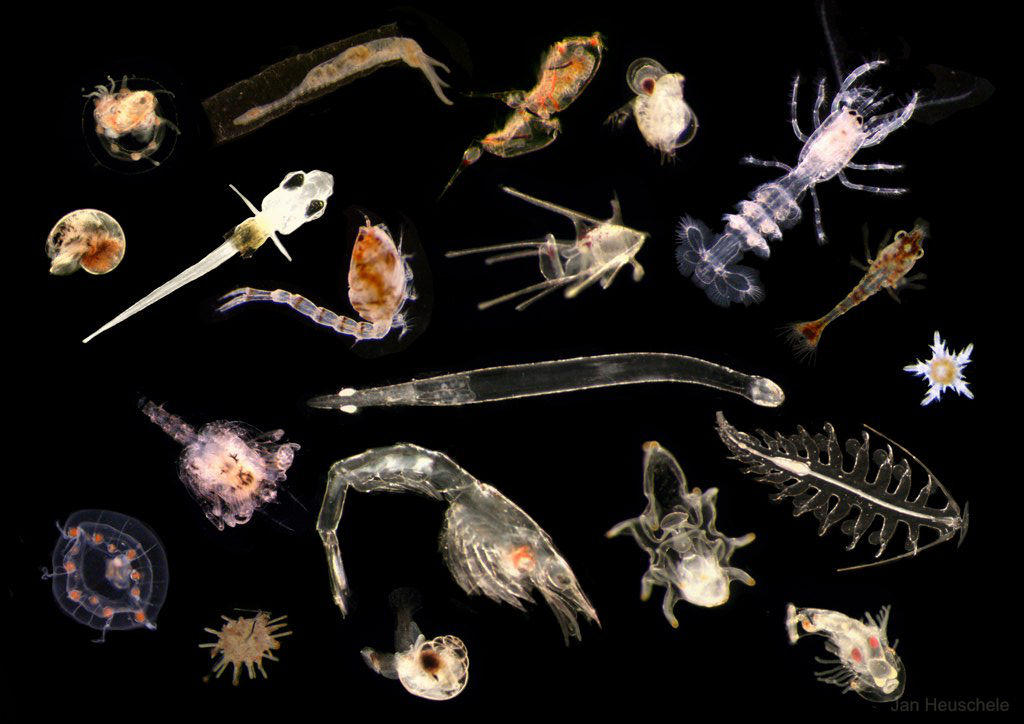
Such a world, governed by all kinds of scents, is the world in which plankton live in. Plankton is so much more than Sheldon J. Plankton from Spongebob. It consists of small unicellular algae and tiny crustaceans that come in various shapes and sizes. All are drifting (from the greek word planktos, which means something like wanderer, drifter) through the worlds oceans and lakes. Yet, drifter might be a misleading name, as most animals among them can move up and down the water column. In fact, they are part of the biggest daily animal migration from the deep waters during the day to the surface at night.
While most planktonic organisms have some kind of eyes, most cannot resolve many details. Think of them as terrible digital cameras. The eyes sense where it is light and dark, and when there is an overshadowing imminent threat. This could be fish or another predator. Most of the time plankton organisms live in very dimly lit areas of the water, where eyes are not very useful. Instead, olfactory cues rule the world of plankton. Lets, for example, look at the role of scents in copepods. Copepods are tiny crustaceans. Yet if you weighed all these tiny crustaceans, they would be the heaviest animal group on the planet.
Reproduction
One would think that if there are so many of them, it should be easy for them to find each other. But even if there are so many, it is hard for copepods to find partners in the vast open ocean. First they cannot see far, second it is usually murky, and third, they can only detect very near movements.
But they evolved a remedy for that. Scent trails allow male copepods to find females in the vast ocean. When males of the species Temora longicornis encounter a scent trail behind a female, they go completely bonkers. First, they try to figure out which way to go, and then they follow the path until they find the target of their desire. These trails can be up to 10 cm long. This might not sound very far, but if you consider that these animals are only around 1 mm long, it corresponds to 180 m for us. And that is quite a distance to smell someone.
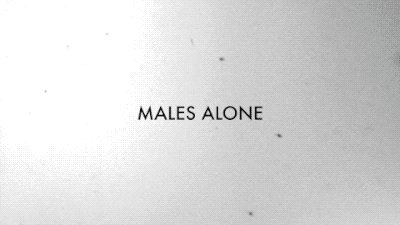
Oithona davisae males show a similar, yet even more striking behavioural change. In this small species, members of both sexes usually stand still in the water column and wait for tiny algae to swim by. This behaviour is quite convenient for them as it is the safest way to avoid predators, while still being able to snack on tasty algae. But, when there is the scent of virgin females in the water, males abandon all precautions. They speed up and completely change their swimming patterns to a more wine screw swimming style (see video above). Such things also happen in lakes. For example in Diaptomus leptopus, the smell of receptive females changes the swimming behaviour of males to more convoluted swimming trajectories.
Foraging
But scents are not only crucial for reproduction. Instead to potential mates, the bottom living (Harpacticoid) Ectinosoma carnivora reacts to the presence of food by switching from straight to helical trajectories. The presence of algal products can trigger the increased movement of the feeding appendages in copepods. This suggests that individuals copepods know if there is a close by food source, so they try to capture it more efficiently.
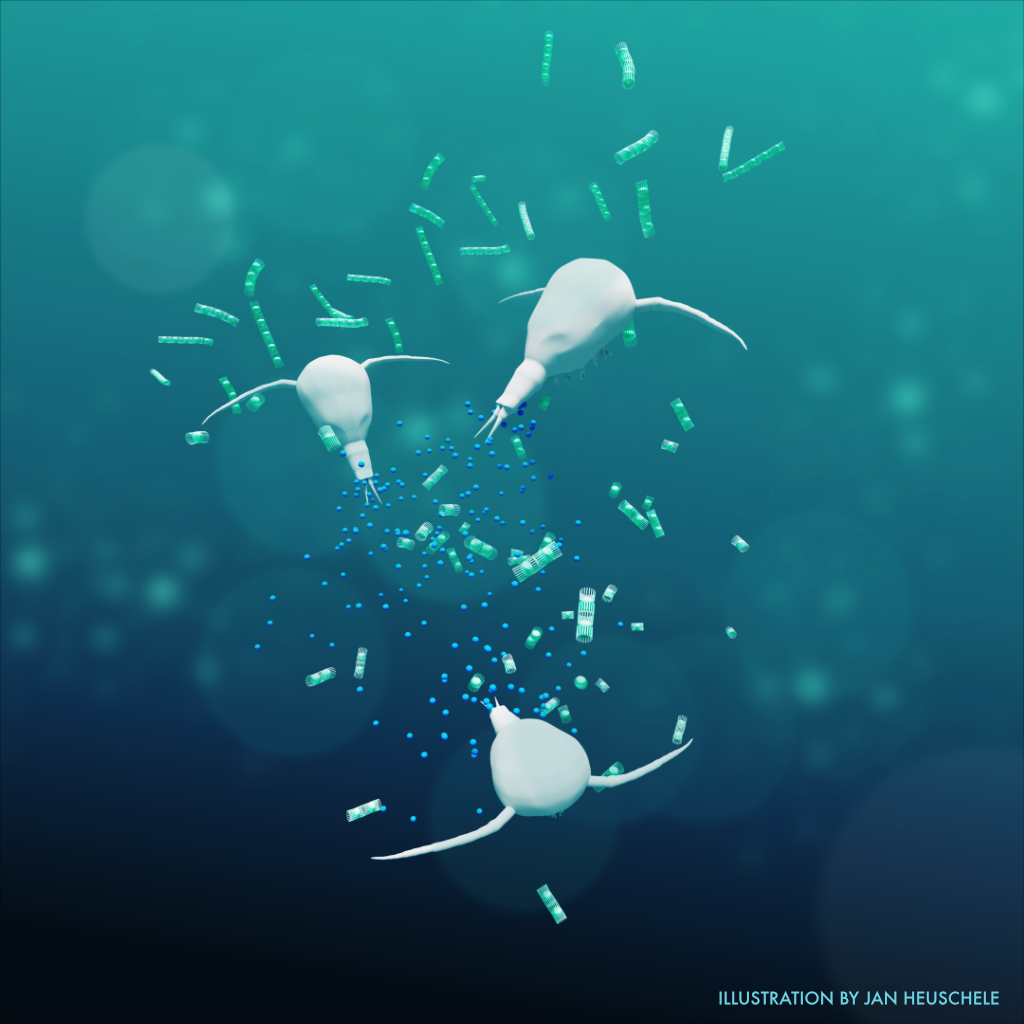
But also the prey itself is capable of perceiving the smell of their predators – the copepods. Some diatoms of the genus Skeletonema usually forms long chained colonies. But when copepod cues, called copepodamides, are in the water the colonies break up. Single individuals are harder for copepods to find, thus they have higher chance of survival (see illustration above).
Not only living food items can leave a trail behind. Marine snow is small agglomerates of dead organic material that are sinking to the deep. Because it is decaying material, each of them leaves a trail of scent behind (illustration below). Some animals consider this rotting smell as a sign of something very delicious. And they will use the trails to follow it to its source.
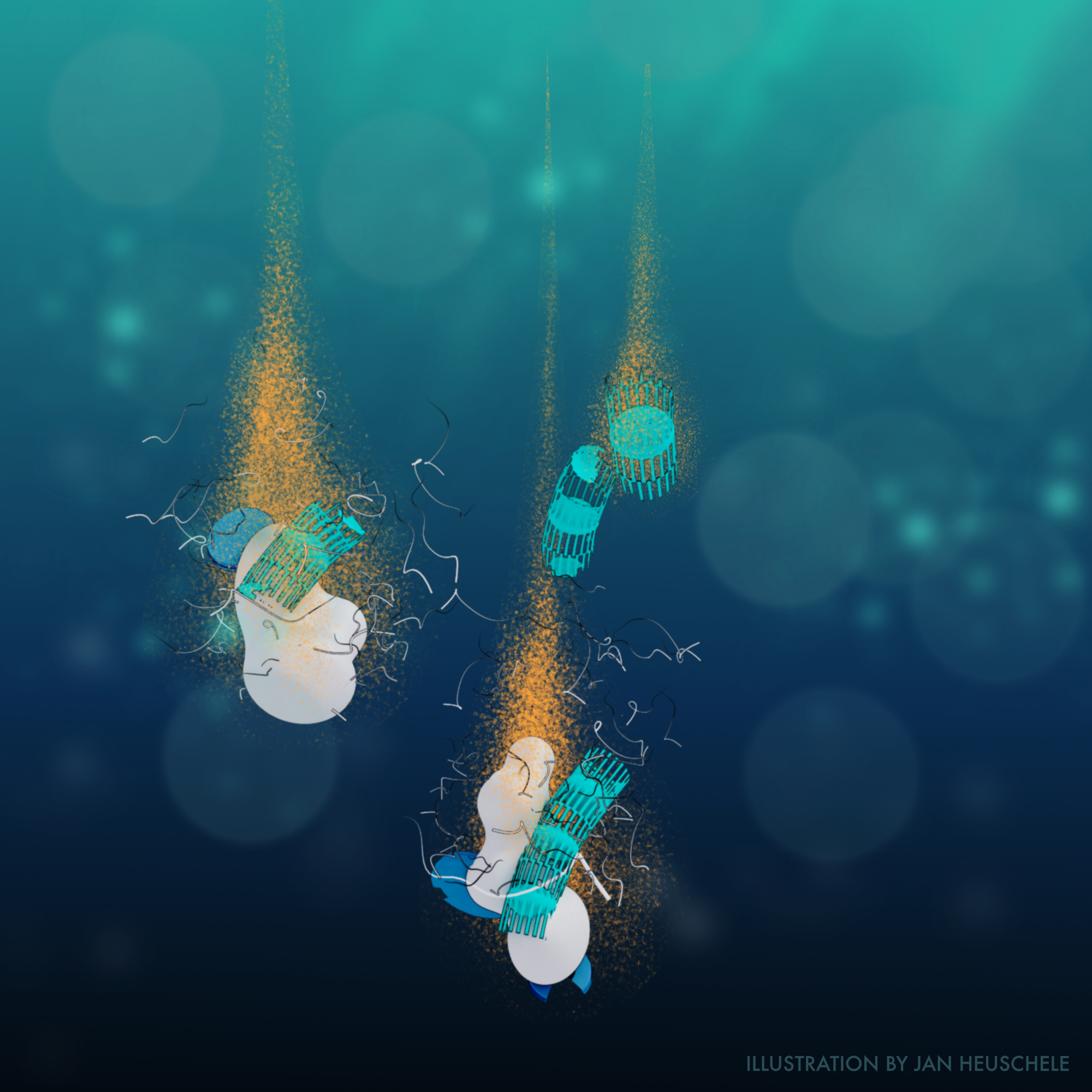
Survival
Copepods themselves are the favourite food of fish, and like every living organism, fish can leave behind a particular smell. If you have ever handled a fish, or just bought fish in a shop, you will agree. Scents can also alter the development of organisms. Some copepods adjust their developmental strategy to the presence of predators. When the fishy smell is in the water, the early stages show an increased growth rate.
And not only in the ocean but also in lakes the smell of danger affects the planktonic organisms. When Daphnia, also known as water fleas, detect the presence of fish in water, their bodies start to change. In some species, such as Daphnia lumholtzi, they start growing a long spine on their head. This spine makes it harder for fish and invertebrate predators to swallow and eat the tiny Daphnias. When it smells like predators are around, some even wait to hatch from their eggs.
Besides drastic changes to development and morphology, one can also detect behavioural responses. Sea anemones and harpacticoids often share tide pools. Anemones like harpacticoids to the extent that they could eat them. Without the predator, the crustaceans use the whole pool. But with the anemones, they reduce their swimming activity and avoid the areas with them.
You might ask if everyone is releasing trails, leaking exudates and other olfactory cues why isn’t the ocean just a soup of scents? This is due to a combination of two mechanisms. Diffusion of the tiny scent molecules is very slow in water. Thus a trail behind a female stays there for a long time. Over time, the scent molecules get broken down and used up by bacteria. As bacteria are even more numerous than phyto- and zooplankton combined, this occurs everywhere.
The next time you walk down the street, and you smell delicious pizza, I hope you pause and think of copepods reacting to the scent of mates, food, and predators.
PS. There are plenty of articles that elaborate on the importance of olfactory cues in different species and habitats. I took most of the examples from the collection of articles in this review paper.
Denne posten ble skrevet av gjesteblogger Jan Heuschele. Jan jobber som forsker ved Institutt for biovitenskap, Universitetet i Oslo. I tillegg er han en dyktig vitenskapelig illustratør og formidler og har blant annet laget Hopfenes verden – en barnebok om evolusjon!
